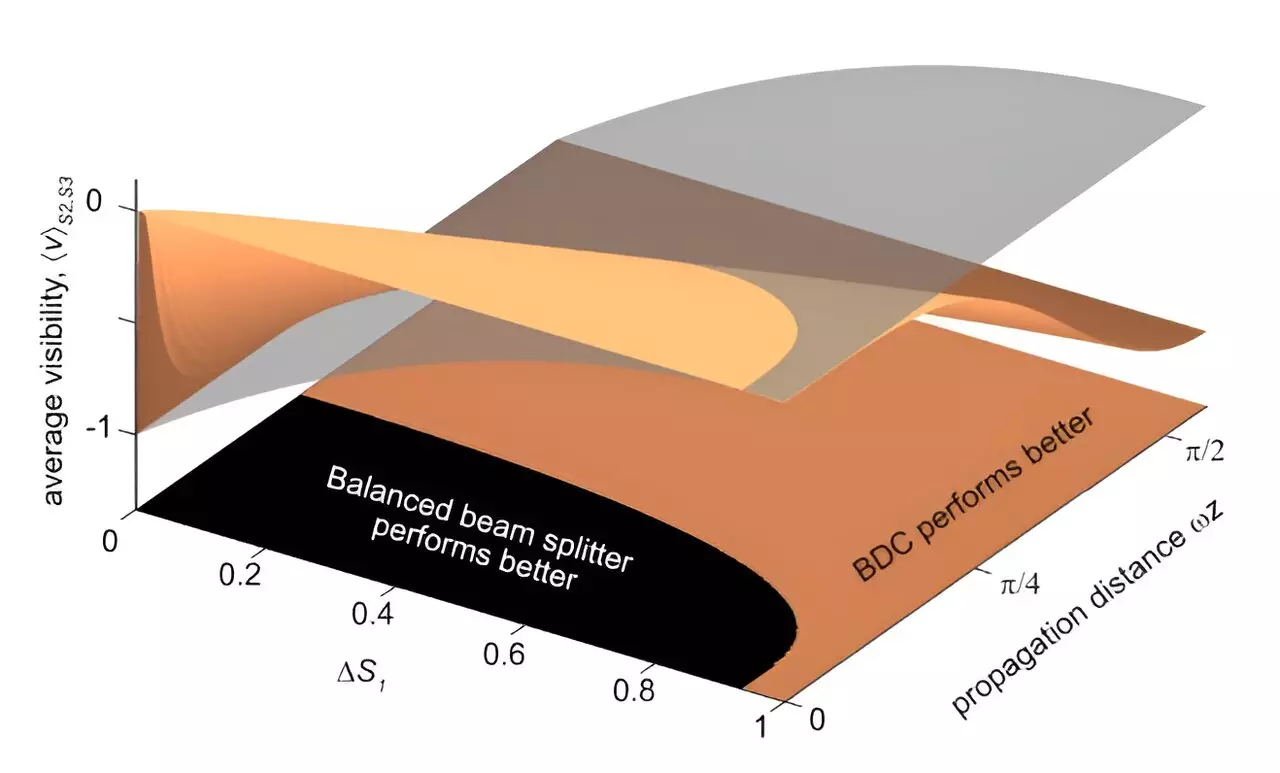The collaboration between Professor Szameit’s research group at the University of Rostock and researchers from the Albert-Ludwigs-Universität Freiburg has led to a significant breakthrough in the stabilization of interference between two photons in optical chips. The utilization of topologically protected wave propagation has opened new avenues for research in the field of quantum light and optical technologies.
Scientific innovation often emerges from the synthesis of seemingly unrelated concepts. Just as Maxwell’s theory of light was inspired by the reciprocity of electricity and magnetism, the current research explores the evolution of light in optical waveguide circuits through the lens of topology. This abstract mathematical concept, initially developed to classify solid geometries based on their global properties, has provided a new framework for understanding the behavior of light.
The groundbreaking experiment conducted by physicists Hong, Ou, and Mandel in 1987, which observed the behavior of photon pairs in a beam splitter, laid the foundation for understanding the interference of light particles. This experiment, which was initially devoid of any topological considerations, revealed the interconnected nature of photons and their ability to form interference patterns. This discovery has since become essential for the development of optical quantum technologies, including quantum computers.
The integration of topologically robust propagation of light with the interference of photon pairs represents a significant milestone in the field of quantum optics. The researchers emphasize the importance of topological protection for ensuring the proper operation of optical elements, especially in the face of increasing complexity in quantum technologies. The ability of topological systems to withstand local perturbations such as defects and disorder opens up new possibilities for the design of optical components.
The observed behavior of photon pairs in the waveguide structure is attributed to the quantum nature of light. Pairs of photons interacting with each other perceive the waveguide as twisted, leading them to form a connection akin to a dance. This unique topological difference allows photons to maintain their interference patterns even in the presence of significant deformations in the waveguide system. The symbiosis between topological systems and quantum light holds immense potential for future research and technological advancements.
The intersection of topology and quantum light in optical chips represents a paradigm shift in the field of quantum optics. The ability to harness the topological properties of waveguide circuits to stabilize interference between photons opens up new possibilities for the development of advanced optical technologies. As researchers continue to explore the intricate relationship between topology and quantum mechanics, the potential for innovation and discovery in this field remains vast.


Leave a Reply
You must be logged in to post a comment.